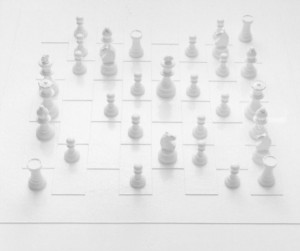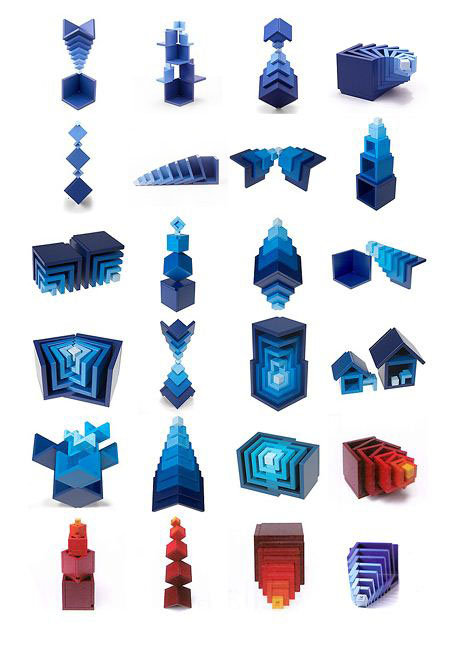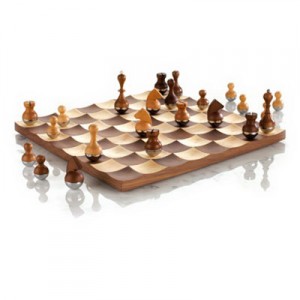Last night, at the Philly Tech Week 2013 preview event, I got to meet Zora Ball. You might have heard of her — earlier this year she recently set a world record for being the youngest person ever to create a mobile video game app.
Zora is in first grade at the Harambee Institute in West Philly, one of Philadelphia’s first and most-successful charter schools. Using Bootstrap, she coded a basic video game: a character (in this case a girl in a ballet outfit) moves up and down around her bedroom, trying to avoid being hit by objects sliding left-to-right across the scene. We saw a demo; it’s nothing fancy, but collision avoidance is the basis of nearly every action game there is.




